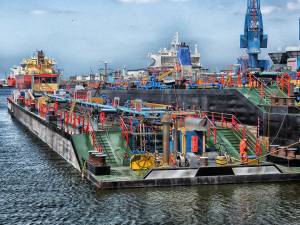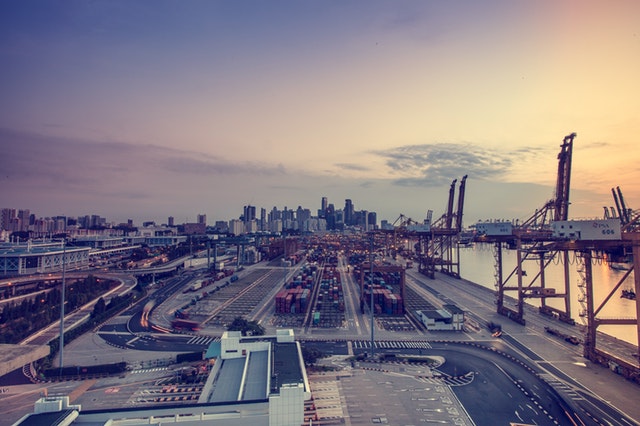A good ocean freight rate may be subjective whether you are a shipping line or a shipper.
Negotiating and securing a low freight rate may be vital to a shipper’s bottom line. The challenge is achieving and then keeping low ocean freight rates, which is easier said than done.
However, with proper planning this can be achieved.
Here are some steps to be followed:
1) Volume consolidation: By consolidating shipment volumes, a shipper stands a greater chance of being able to negotiate low freight rates with the shipping lines. Consolidated and steady volumes are also advantageous to the shipping line as they can have a guaranteed base load.
A BCO (Beneficial Cargo Owner) might be better off using the “negotiating or buying power” of an OTI (Ocean Transport Intermediary) who may have much bigger volumes than the shipper.
2) Long-term validity: Market volatility and continued movement of freight rate mean there is a possibility that there could be a change in the freight rates during the shipment period.
When there is a change in the freight rate midway through the shipment period, the customer may end up paying more than what was initially discussed. Therefore, it would be advantageous for the shipper to negotiate a long-term freight validity to ensure that the freight cost remains steady for as long as possible.
3) Understand the freight charges: A freight quotation is a summary of charges levied by a carrier for the movement of cargo from Point A to Point B.
A freight quote is a combination of various shipping costs such as sea freight rates, surcharges, fees, various adjustment factors, rules, exceptions, and exclusions as per the tariffs set out by the carrier.
In order to figure out where and how you must price yourself in the market, it is important for you to understand the various charges involved in a shipment and how and where costs can be saved.
4) Route optimization: An optimal route doesn’t only mean quicker transit. The general rule in shipping is that if it is a quicker transit, then the cost could be high.
If the cargo that you are shipping is not urgent or if the shipment is not a JIT (Just In Time) shipment, then the shipping line may give you lower freight rates but a longer transit time as they could find transshipment options via a cheaper port. For example, transhipping a container via Singapore is more expensive than via Port Kelang.
5) Understand seasons: If by any means you can plan your shipments such that the shipment period doesn’t fall within the “shipping seasons”, you may be able to secure the space that you want at a much lower freight rate.
For example, in Asia, from mid-January through early February there is normally an upsurge of cargo, as businesses are eager to beat the Chinese New Year deadline when factories may shut down for weeks.
The result is a space problem, which also causes the freight rates to go up or rate restoration programs being implemented.
6) Market Intelligence:For you to comprehend and achieve low ocean freight rates, you will need to track supply and demand in your industry or your niche, use freight benchmarking solutions and gain market intelligence.
Modern day businesses are faced with a continuously and rapidly morphing global environment and it has become a necessity for businesses like supply chain and logistics to adapt to these changes in a timely manner. This can be achieved only through freight benchmarking and market intelligence.
Customers are increasingly turning to online freight marketplaces, e-sourcing tools and freight benchmarking services as it allows them to:
- develop a procurement strategy that will benefit them in the long run
- create metrics for measurement of the offers
- analysis of the rate proposals and how it fits their budgets
- access contract rates on a real-time basis for all modes of transportation and service types
- achieve visibility and transparency in terms of freight charges, surcharges etc to avoid any hidden costs
- avoid any invoicing errors
- cater for any increases such as a GRI (General Rate Increase)
Conclusion
While reducing freight costs and maintaining low freight rates may be vital to the bottom line of many shipping and freight businesses, it must be understood that a good ocean freight rate is not necessarily the lowest one.
A good ocean freight rate is one that is sustainable in the long run for the carrier and the customer in the interest of maintaining the services of the shipping lines involved.
Want to find out more about freight forwarding?
























